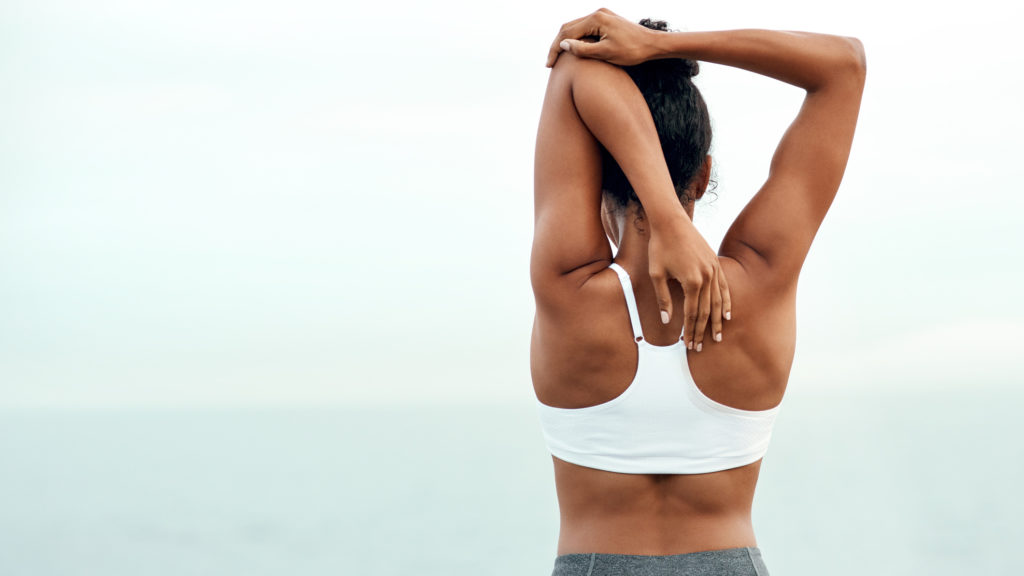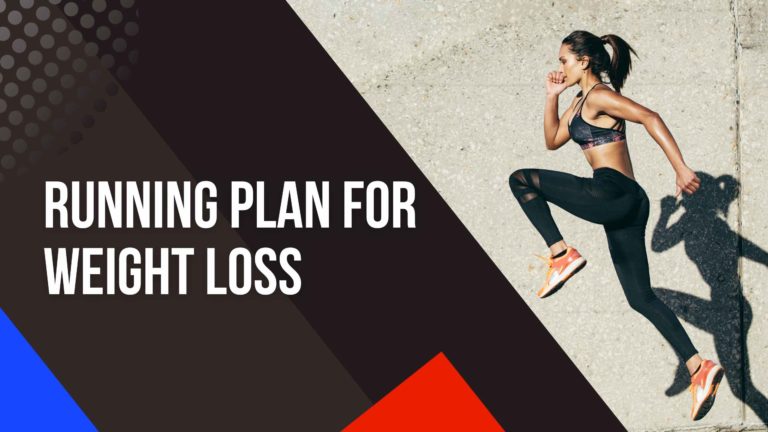Sweat, Smile, Repeat: Discover the Best Exercise to Lose Weight
Many people strive to lose weight by exercising to lead a healthier life. When deciding on the best exercise to lose weight, it is crucial to consider different factors such as personal preferences, fitness levels, and overall well-being. This article explores the fundamental principles of practical weight loss exercises.
It highlights the significance of incorporating cardiovascular workouts, strength training, and a well-rounded approach to attain long-lasting and sustainable outcomes. Whether you are an experienced fitness enthusiast or embarking on your weight loss journey, comprehending the appropriate exercises and their role in shedding pounds is vital for success.
Why Exercise is Important for Weight Loss
Exercise is crucial for weight loss because it burns calories and helps create a calorie deficit, a fundamental principle in shedding excess pounds. Regular physical activity increases your metabolic rate, making it easier for your body to burn stored fat.

Additionally, exercise helps build lean muscle mass, which further enhances your metabolism and aids in maintaining weight loss over time. Furthermore, it improves overall health, boosts energy levels, and enhances mood, making it easier to stick to a weight loss plan. Combined with a balanced diet, exercise is vital to any effective weight loss strategy.
Cardiovascular Exercises for Weight Loss
Cardiovascular exercises are practical for weight loss as they increase your heart rate, improve cardiovascular health, and burn calories. Here are some popular cardio exercises:
Running:
Running is a high-impact, full-body exercise that can help you shed calories quickly. It’s an excellent way to boost cardiovascular fitness and promote weight loss. You can run outdoors or use a treadmill for convenience. Beginners may start with a walk-run approach to build endurance gradually.
Cycling:
Cycling, whether on a stationary bike or outdoors, is a low-impact exercise that’s gentle on the joints. It engages your leg muscles and provides an effective cardio workout. You can vary the intensity by adjusting resistance levels or terrain if you’re cycling outdoors.
Swimming:
Swimming is a whole-body workout that’s easy on the joints. It’s particularly suitable for those with joint issues. Swimming laps in a pool or engaging in water aerobics can help you burn calories and improve your cardiovascular health.
Aerobics:
Activities like step aerobics, dance-based classes, or even jumping jacks can elevate your heart rate and help you shed those extra calories. These classes often incorporate rhythmic movements synchronized with music, offering a pleasurable approach to staying active.
Jumping Rope:
Jumping rope is a simple and effective cardio exercise you can do almost anywhere. It’s a fantastic calorie burner and helps improve coordination and endurance. It’s especially useful if you have limited time for exercise.
Elliptical Machine:
Elliptical trainers provide a low-impact, full-body workout. They mimic the motion of running or walking without the jarring impact, making them suitable for individuals with joint issues. You can adjust the resistance to make your workout more challenging.
Strength Training Exercises for Weight Loss
Let’s explore some strength training exercises in detail. Strength training is essential for weight loss because it helps build lean muscle mass, which boosts metabolism and contributes to a more toned and defined physique. Here are a few practical strength training exercises:
Squats:
Squats are a compound exercise that works the muscles in your legs, including the quadriceps, hamstrings, and glutes. Stand with your feet shoulder-width apart, lower your body by bending your knees, and then push back up to the starting position. You can do bodyweight squats or add resistance by using dumbbells or a barbell.
Deadlifts:
Deadlifts engage multiple muscle groups, primarily the lower back, glutes, hamstrings, and traps. Stand with your feet hip-width apart, bend at your hips and knees to pick up a barbell from the ground, and then return to a standing position while keeping your back straight.
Push-Ups:
Push-ups are a classic upper-body exercise that works your chest, shoulders, and triceps. Start in a plank position with your hands slightly wider than shoulder-width apart, lower your chest to the ground, and push back up. You can modify push-ups based on your fitness level, such as knee or incline push-ups against a wall or a bench.
Pull-Ups/Chin-Ups:
These exercises target the muscles in your back and biceps. Using an overhead bar, hang your palms facing away (pull-ups) or towards you (chin-ups), and pull your body up until your chin is above the bar. Lower yourself back down to complete one repetition. You can use an assistive band to make these exercises more accessible.
Planks:
Planks are an isometric exercise that strengthens the core, including the abdominal muscles, lower back, and obliques. Hold your body straight from head to heels while resting on your forearms and toes. Engage your core and maintain the position for as long as you can.
High-Intensity Interval Training (HIIT)
HIIT involves alternating short bursts of intense exercise with brief periods of rest or low-intensity activity. This approach challenges your body and cardiovascular system, pushing you to your limits during the high-intensity phases. Here’s how to get started with HIIT:
- Choose Your Activity: You can apply HIIT to various exercises, including running, cycling, jumping jacks, burpees, or even strength training exercises like squats and push-ups.
- Warm-Up: Begin with a 5–10-minute warm-up to prepare your body for the intense workout. This might involve light jogging, jumping jacks, or dynamic stretching.
- Interval Structure: Plan your intervals. A typical HIIT session might involve 20-30 seconds of high-intensity exercise followed by 10-20 seconds of rest or low-intensity recovery. You can adjust these timings based on your fitness level and goals.
- Repeat Sets: Perform several sets of these high-intensity intervals with rest periods in between. Most HIIT workouts consist of 3-5 sets, but you can adapt the number to your fitness level and available time.
- Cool Down: After completing your intervals, finish with a 5-10 minute cool-down to gradually lower your heart rate and stretch your muscles.
Final Thoughts
In conclusion, the best exercise to lose weight combines cardiovascular workouts and strength training. Cardio exercises such as running, cycling, or swimming help burn calories and boost metabolism, while strength training builds lean muscle mass, which increases overall calorie burn throughout the day.
It is essential to find activities you enjoy and can stick with long-term to ensure consistency. Additionally, incorporating regular physical activity into your daily routine is crucial for maintaining weight loss and overall health. So, lace up those sneakers and start moving – your body will thank you!
FAQs
Q: Is it necessary to join a gym to lose weight effectively?
A: Joining a gym can provide access to various equipment and fitness classes to aid weight loss. However, it’s optional as plenty of practical exercises can be done at home or outdoors, such as bodyweight workouts, jogging, or cycling.
Q: Should I focus on spot reduction exercises to lose weight in specific areas?
A: Spot reduction refers to the idea that targeting certain body parts can help reduce fat in those areas. Unfortunately, this concept is a myth, as our bodies tend to lose fat rather than in specific regions. Focusing on total-body workouts will yield better results







